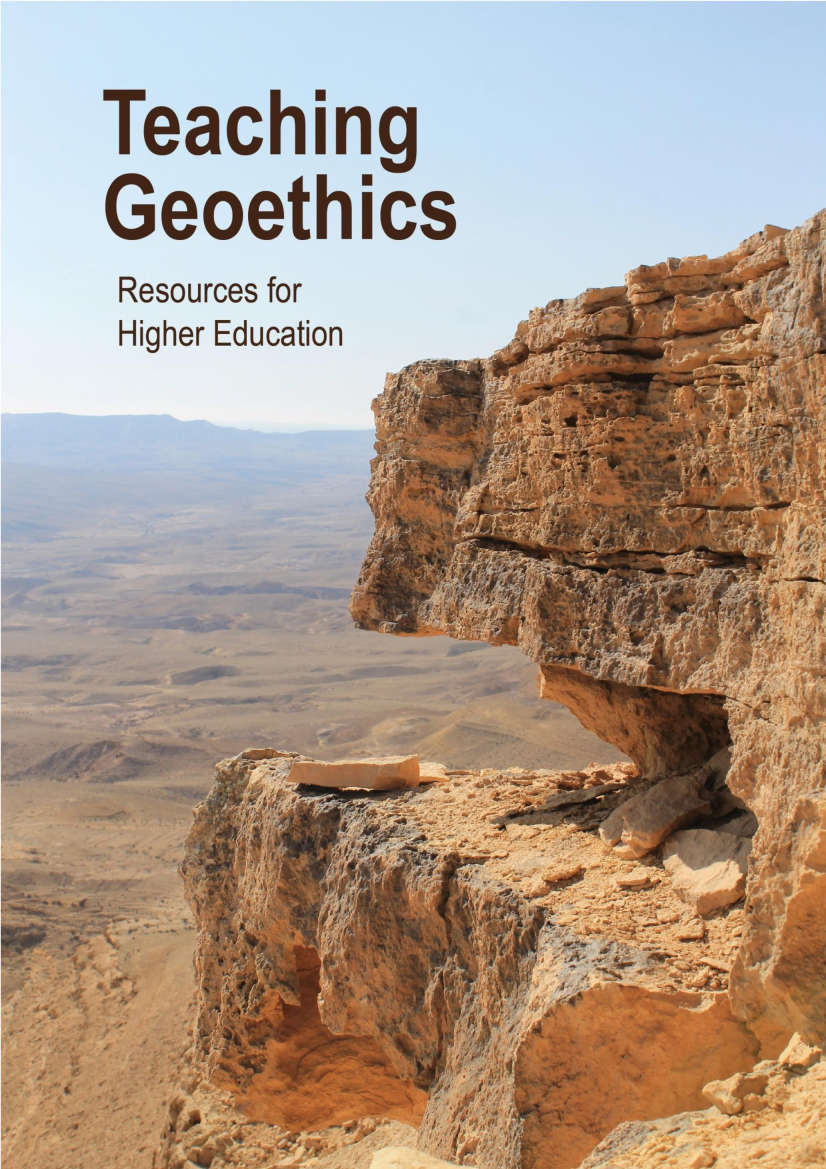The past can help us shape the future
This field – conservation biology – uses the fossil record to inform today's conservation practices. Here we'll cover a series of examples that demonstrate how fossils can add our understanding of ecosystems today, in particular how those ecosystems react to stress. We'll then finish by looking at something called geoheritage – conserving our geological systems.
Introduction
Today's topic is split into the following chunks:
- What is conservation palaeobiology? – Section 1.
- A deep time perspective – Section 2.
- Environmental stressors – Section 3.
- Multiple environmental stressors – Section 4.
- Geoheritage – Section 5.
This all matters, of course, a great deal. Humans are causing significant stress to ecosystems globally. It is only by understanding the deep history of life and its reaction to stressors that we can place what is happening today in context. In addition to that, we need to look after our fossil record as a resource for future generations who will want to continue asking such questions.
